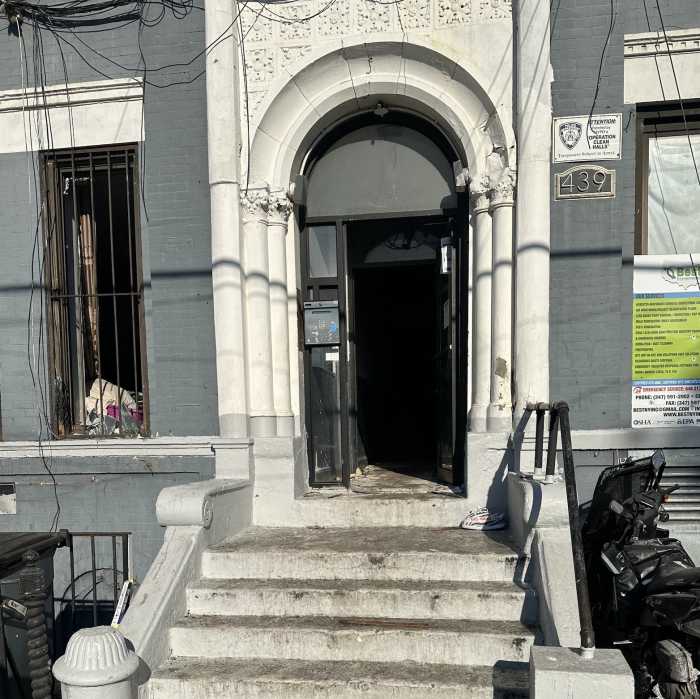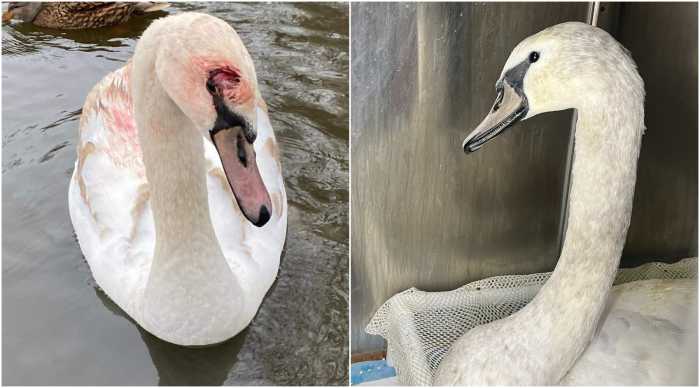In times of upheaval, when the world seems to teeter on the edge of reason, art emerges as both a salve and a mirror. It is through the artist’s brush, chisel, or pen that humanity finds its conscience, its courage, and its clarity.
Far from being an escape, art becomes a reckoning—a way to face the darkest shadows of our collective existence and pull from them a glimmer of truth. The artist, in their solitary labor, is a chronicler of the human spirit, casting light into the abyss and calling forth stories that must be told.
To juxtapose the works of Rembrandt van Rijn and Francis Bacon is to examine the evolution of portraiture as a vessel for storytelling and truth, a dialogue between two artists separated by centuries yet united in their pursuit of the human essence.
Rembrandt van Rijn (1606–1669), a titan of the Dutch Golden Age, wielded his mastery of realism like a beacon in an era of profound transformation. The 17th century was a time of burgeoning trade, religious schisms, and scientific awakening. Amidst this, Rembrandt captured the soul of his subjects with an unparalleled intimacy. Works such as The Night Watch (1642) and The Anatomy Lesson of Dr. Nicolaes Tulp (1632) reveal not only technical brilliance but an emotional depth that speaks to the universality of human experience. His self-portraits, painted over decades, chart not just the passage of time but the evolution of a man grappling with success, loss, and mortality.
In Rembrandt’s chiaroscuro, light and shadow dance as metaphors for the eternal interplay of hope and despair. His portraits do not merely depict; they embody. Each stroke of his brush seems to pierce through the veneer of flesh, reaching into the inner workings of his subjects’ souls.
Francis Bacon (1909–1992), stepping into the aftermath of two world wars, transformed existential anguish into visceral artistry. The mid-20th century was an age of shattered certainties, as humanity reckoned with the Holocaust, nuclear threats, and the alienation of modernity. Bacon’s Three Studies for Figures at the Base of a Crucifixion (1944) is a haunting invocation of torment, its distorted figures writhing in a liminal space between agony and defiance.
Where Rembrandt’s works seek to humanize and dignify, Bacon’s portraits dismantle and reconfigure, laying bare the fragility of the human condition. His canvases, smeared with flesh tones and streaks of crimson, transform faces into landscapes of suffering, each one a grotesque symphony of emotion. The raw immediacy of Bacon’s work forces the viewer to confront the grotesque beauty of vulnerability, a truth as unvarnished as it is profound.

These two masters, though divided by time and style, share a commitment to unearthing the essence of humanity through portraiture. Rembrandt’s realism invites us to see ourselves in his subjects, to recognize our shared joys and sorrows, while Bacon’s visceral distortions demand that we grapple with the darker, often unspoken corners of our psyche. Together, they illuminate the duality of art as both a comfort and a challenge, a testament to its enduring power to reflect and reshape our understanding of the human story.
The lineage of unflinching truth-telling finds its heirs in the contemporary artists who carry the torch forward. Kara Walker’s silhouetted narratives dissect the enduring scars of slavery and systemic oppression, merging the historical with the deeply personal. Jenny Saville’s monumental depictions of flesh challenge societal norms, inviting us to confront the physicality and vulnerability of being human. These modern visionaries echo the legacies of Rembrandt and Bacon, proving that art’s role as a harbinger of truth and a catalyst for change endures.
Art is not merely a reflection; it is a confrontation. Through the works of these great artists, past and present, we are reminded that humanity’s darkest hours often give rise to its most luminous creations. In their courage to depict what others dare not, they offer us the tools to understand, endure, and ultimately transcend. It is this fearless pursuit of truth that ensures art remains a lifeline, guiding us through the chaos toward something greater.
Read More: https://www.amny.com/new-york/manhattan/the-villager/






































